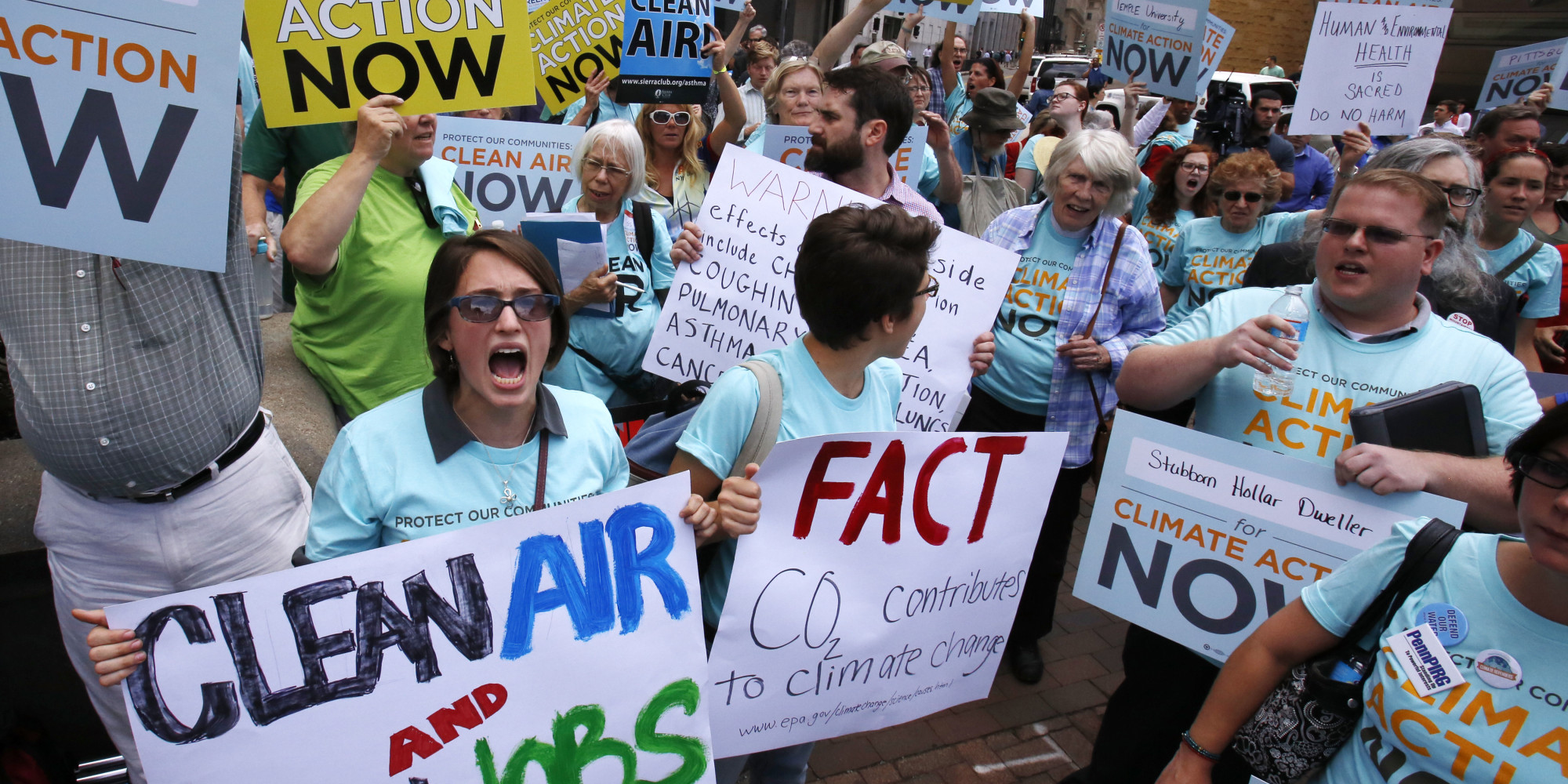
Solutions
Scientists at Imperial College London, have recently succeeded in creating a genetically engineered strain of E.Coli – an unforgiving pathogen – which ‘poops out’ propane. Propane is the bulk constituent of liquefied petroleum gas which globally powers numerous applications ranging from cars, heaters to refrigeration systems. To make the propane, scientists at ICL have cleverly manipulated E.Coli’s fatty acid biosynthesis mechanism by the addition of a few key enzymes. E.Coli utilizes glucose from its environment to build cell membranes, grow and reproduce; but in this case is instead directed towards butyrate production- the propane precursor. Scientists at ICL also believe they have the potential to manufacture fuel from cyanobacteria – bacteria which create their own energy from sunlight; an equally neat endeavour! As their experiments are still in the early stages, with E.Coli producing a mere 1.9 millilitres per minute of propane, they are optimistic about making this method commercially viable in the near future.
In 2013, a biological engineering team in Virginia Tech led by Y.H. Percival Zhang discovered a method of extracting large quantities of hydrogen from any plant. Hydrogen is marked as one of our best bets as a future fuel to power vehicles and electrical devices. This breakthrough is significant as it could bypass the dangerous, expensive, and environmentally unfriendly methods previously associated with hydrogen production. Zhang’s technique involves using xylose, the second most plentiful plant sugar. In a similar fashion to the researchers at I.C. London, Zhang experimented with the addition of enzymes and a novel polyphosphate xylulokinase (XK), succeeding in converting xylose into Hydrogen and CO2. Hydrogen is one of the safest fules and has already been tested for use in cars and aircraft but there are just two problems preventing us from a complete switchover: storage and transport. Hydrogen is extremely explosive and the general public is more than reluctant to drive to and from work with this gas in the fuel tank. One spark can ignite and release the explosive energy in the hydrogen. For this reason, it also makes it very difficult to transport long distances.
Future
These are just a couple examples of inspiring and innovative ways scientists have addressed the issue of finding alternative fuel sources for the future generations. If the focus and investment was switched to making these methods of fuel production commercially available and at an industrial level, they have the possibility of making an enormous impact. If anything, these incredible feats of biotechnology have shown us that there is much we can learn and model from nature and its energy efficient ways. More time should be dedicated to understanding the harmonious mechanisms employed by mother earth’s natural organisms so we can emulate their mechanisms & maximize our chances of survival and eliminating the pollution caused by CO2 emissions.
Energy exists in usable forms all around us. It is truly a balancing act of finding the cleanest, most harvestable form, which at the same time is energetically stable and financially feasible. (At this point in time, harnessing natural forms of energy from microorganisms, plants or the sun are probably our best bets considering they are omnipotent and don’t produce the nasty chemical by-products that clog up our ozone.) With another Climate March scheduled for September 2015, maybe we can avert the attention of governments and corporations in wake of the UN climate summit to the work of such scientists and promote investment and development in these sectors.






